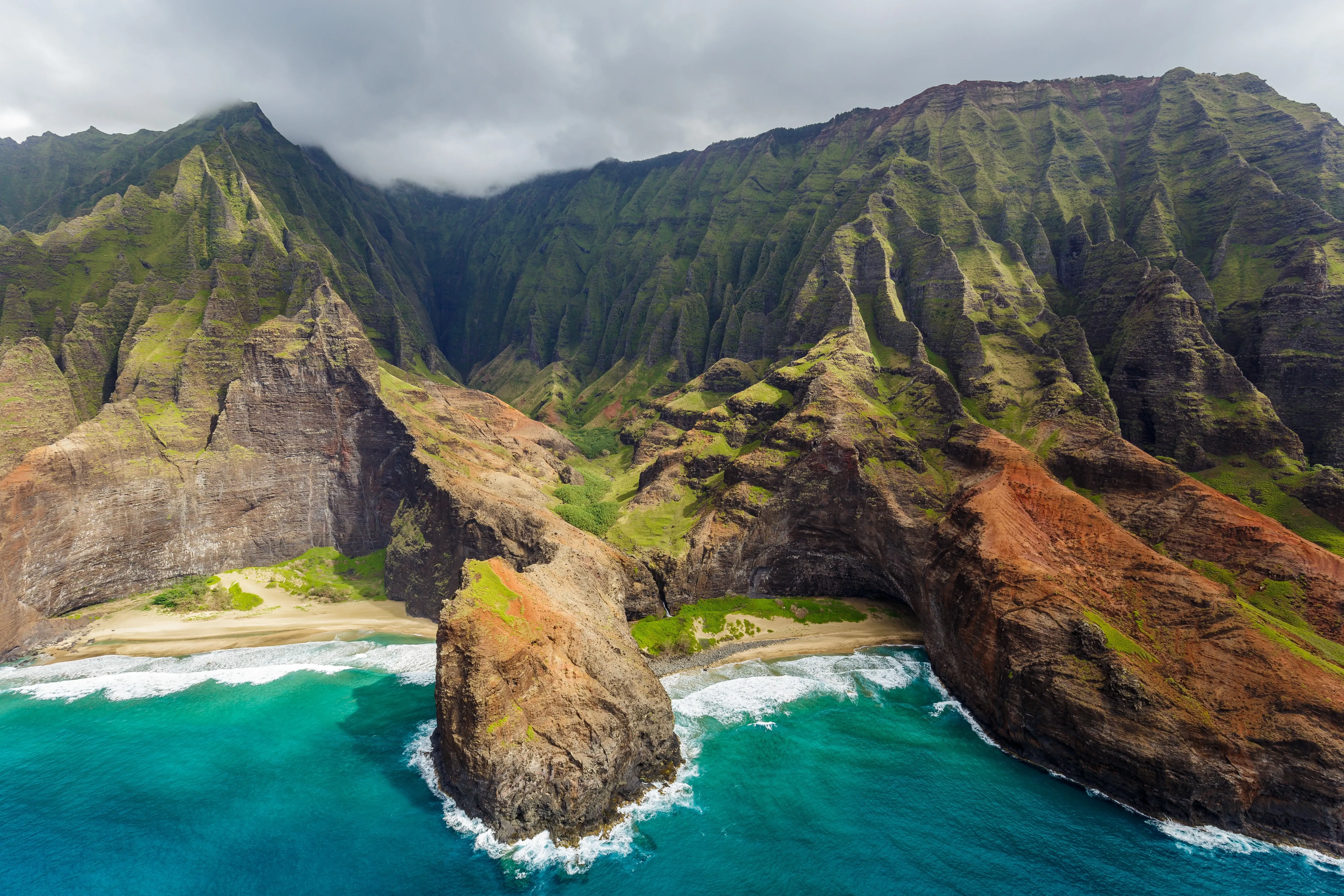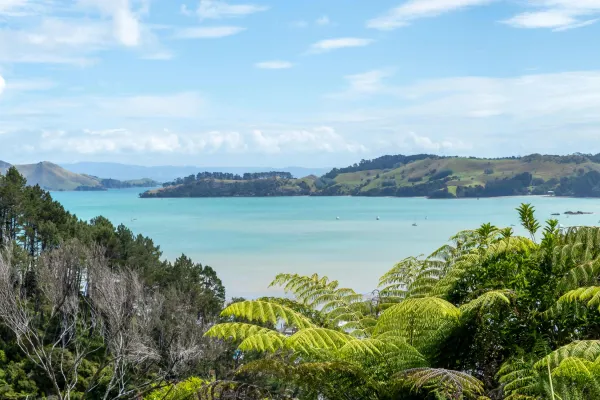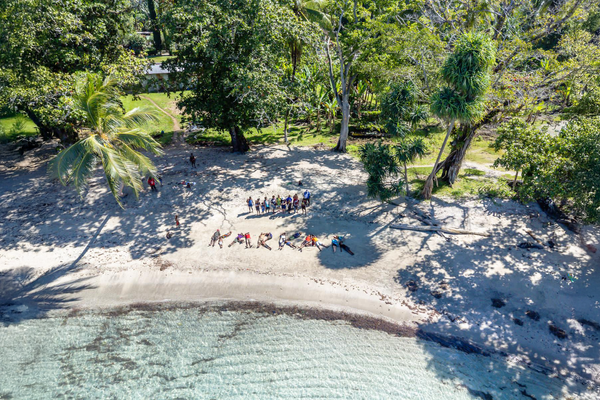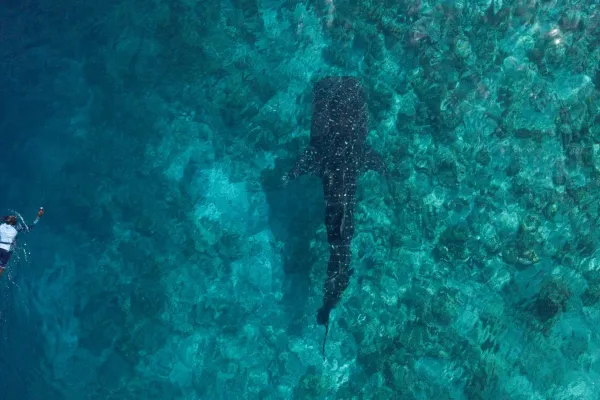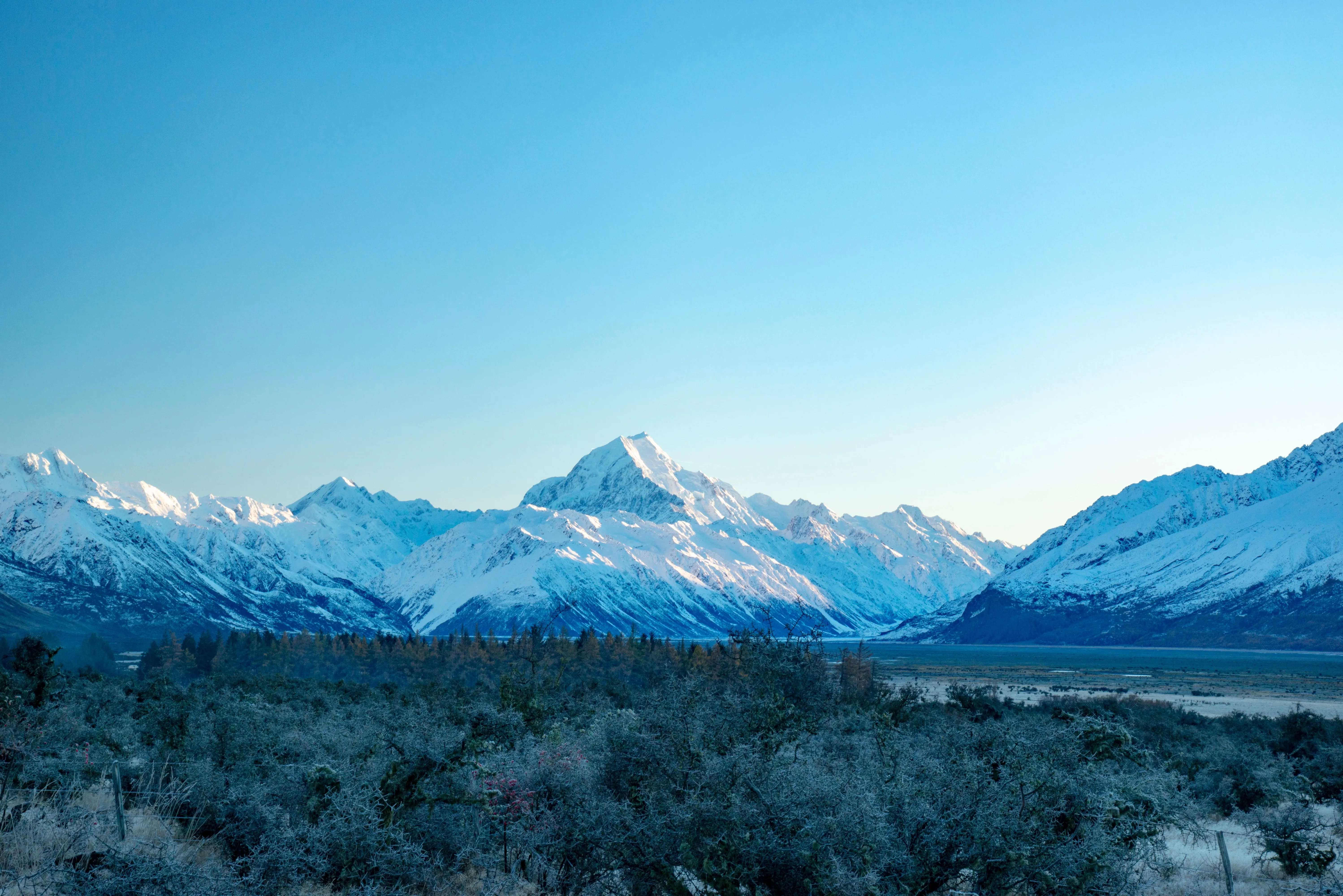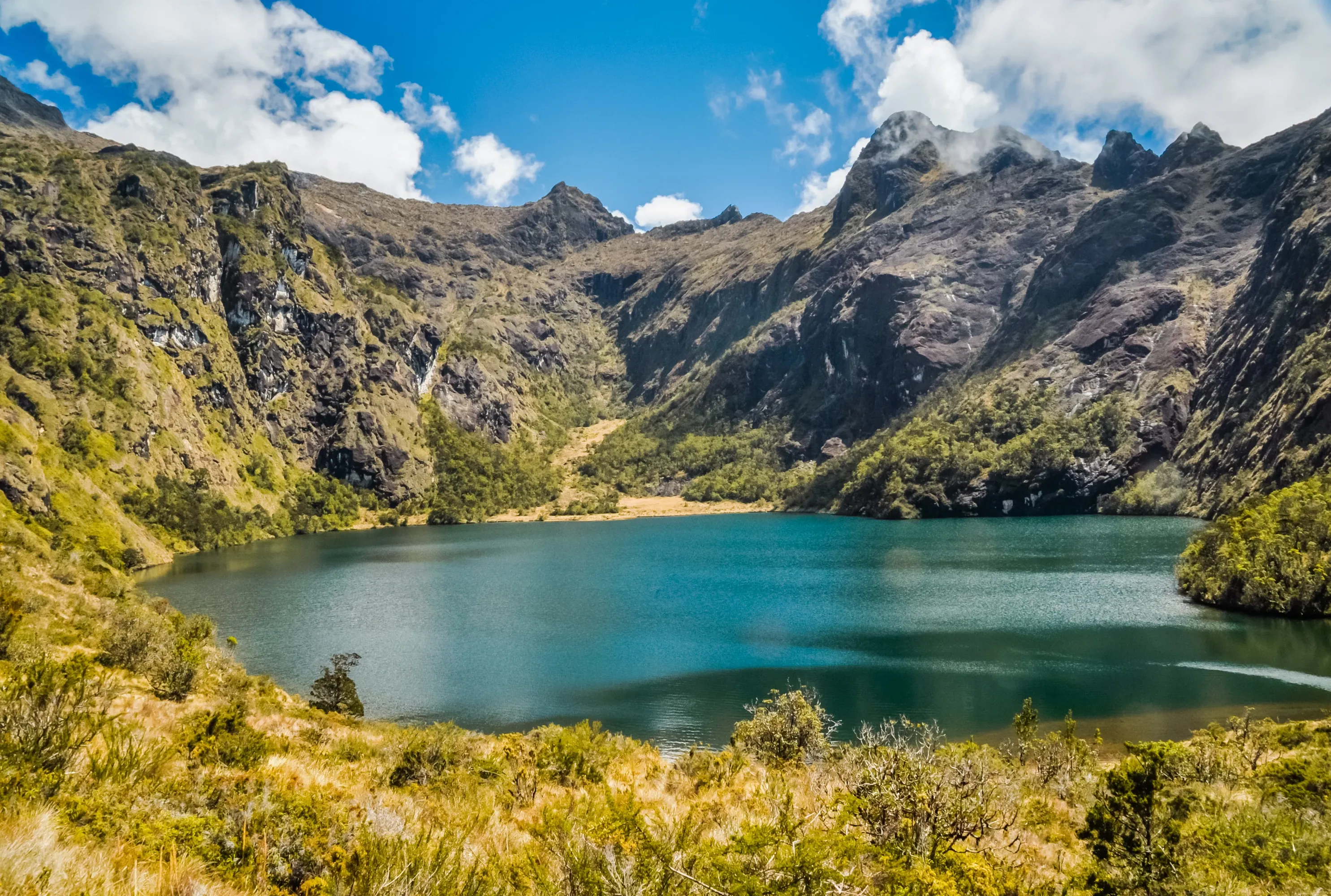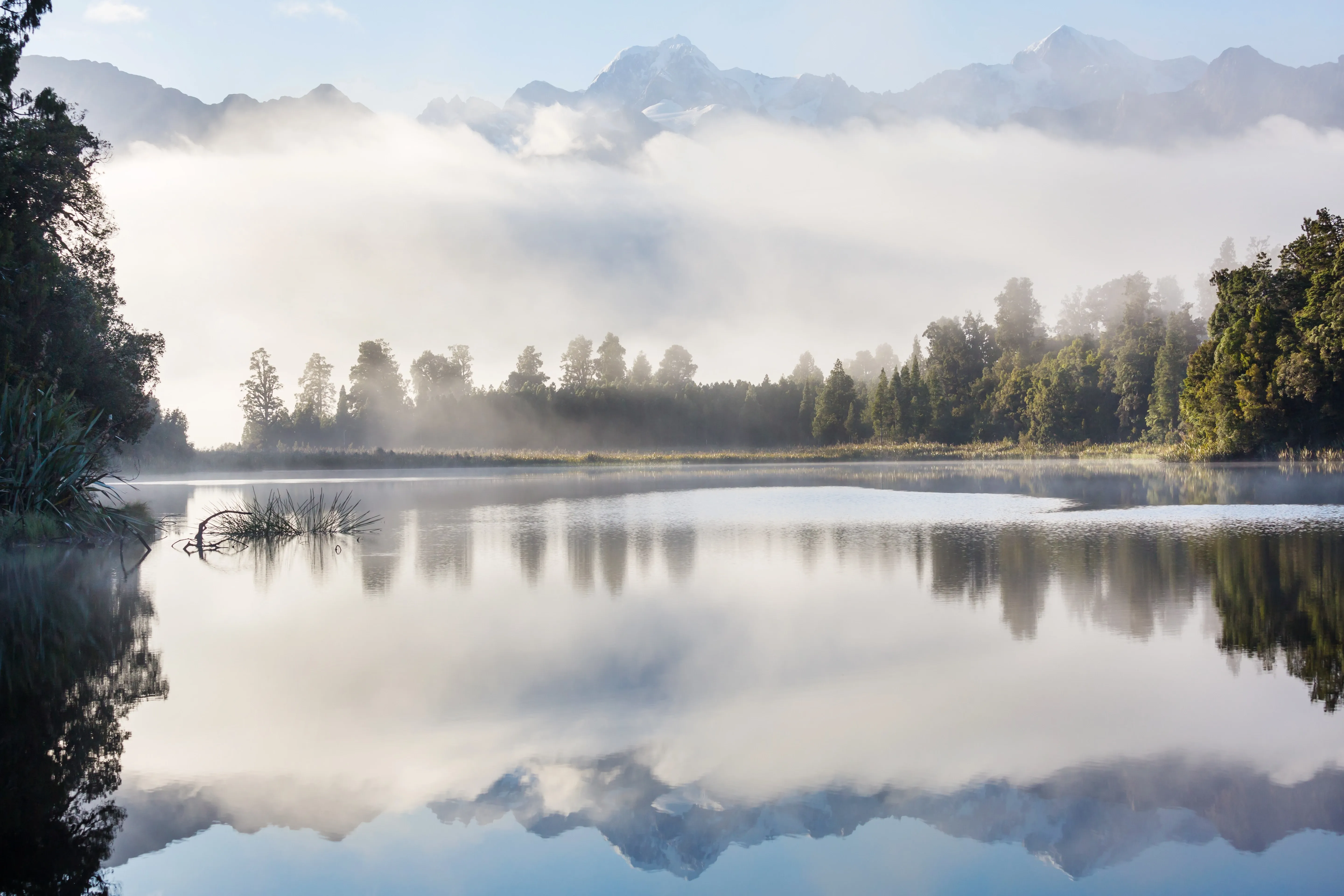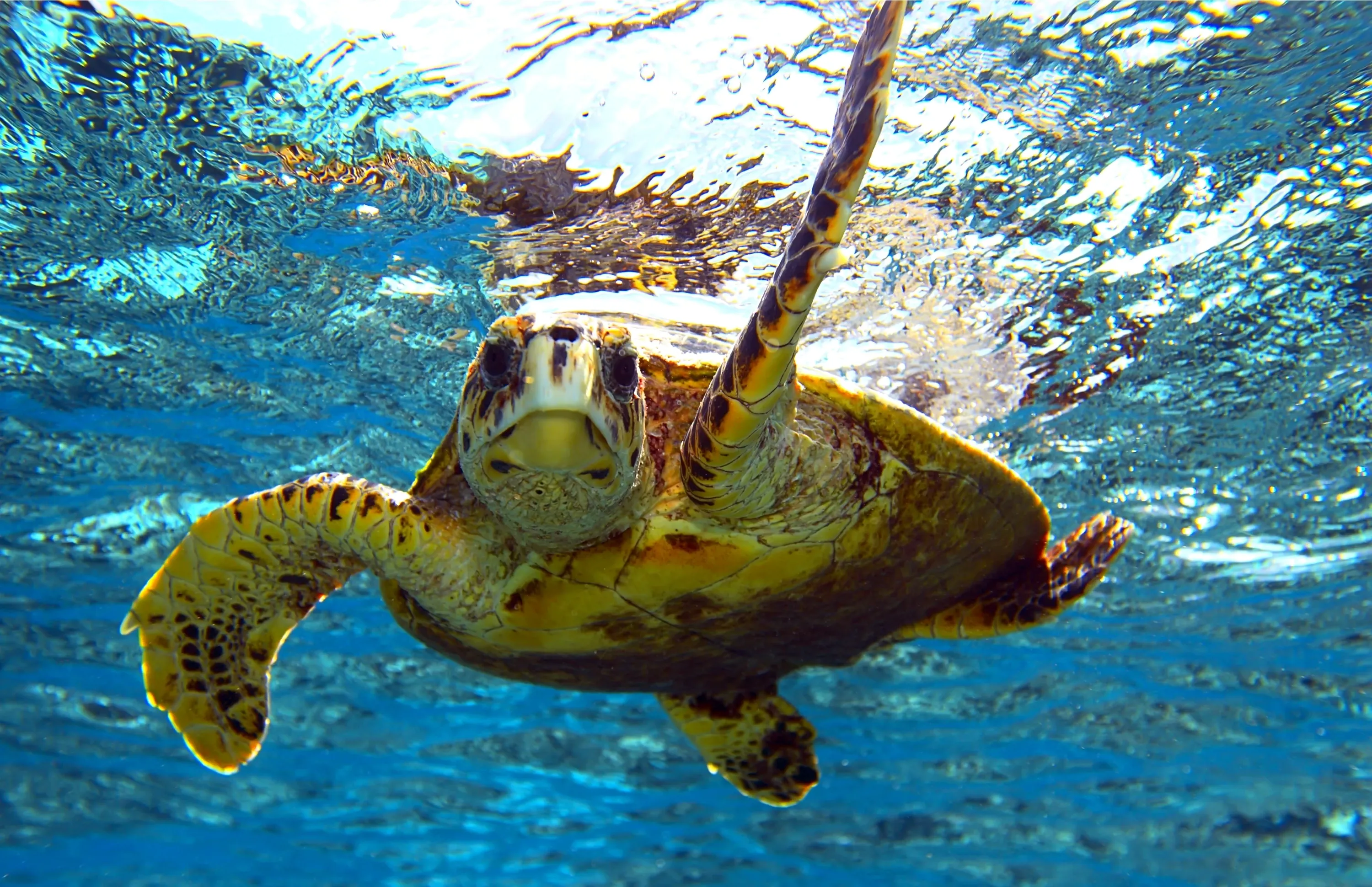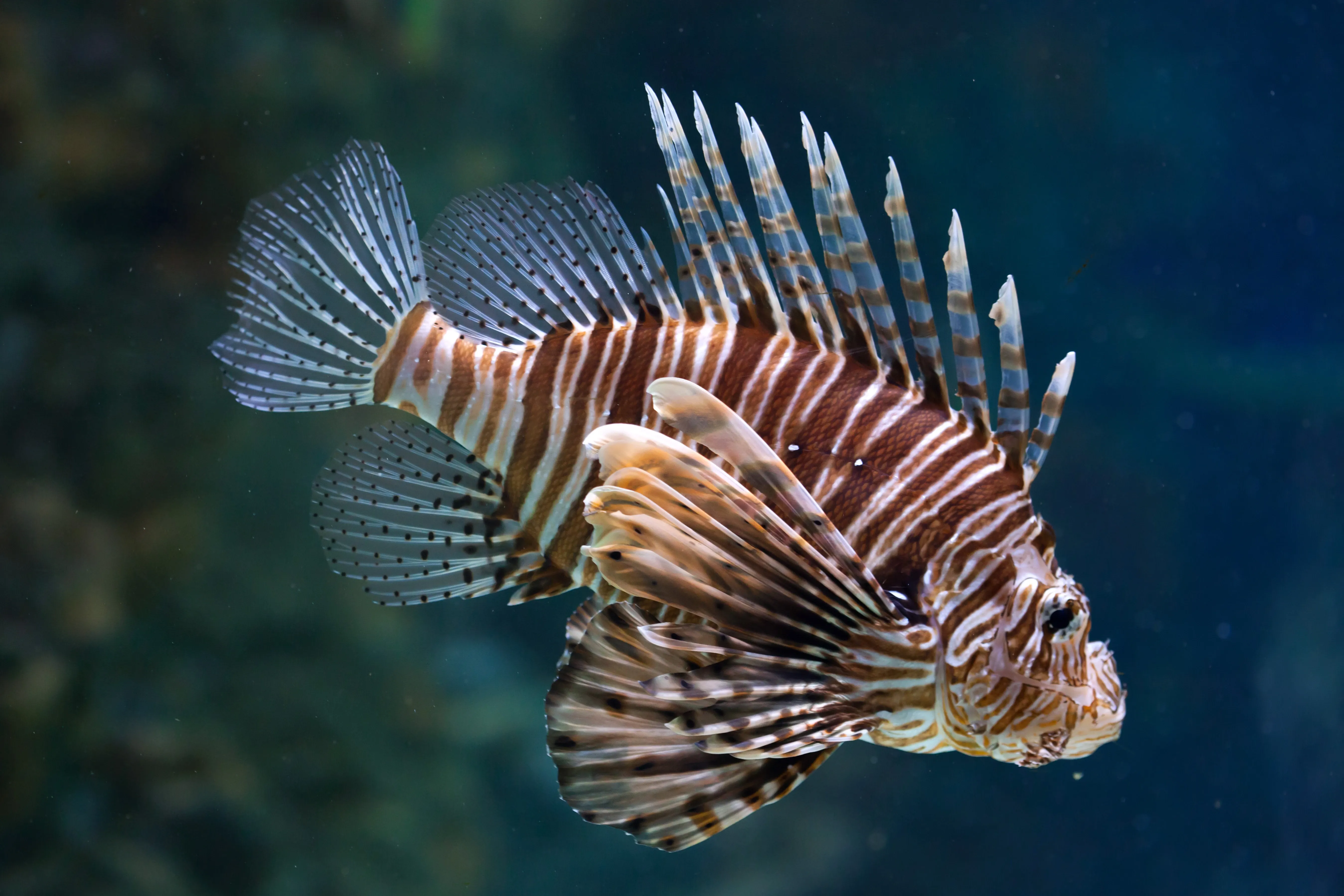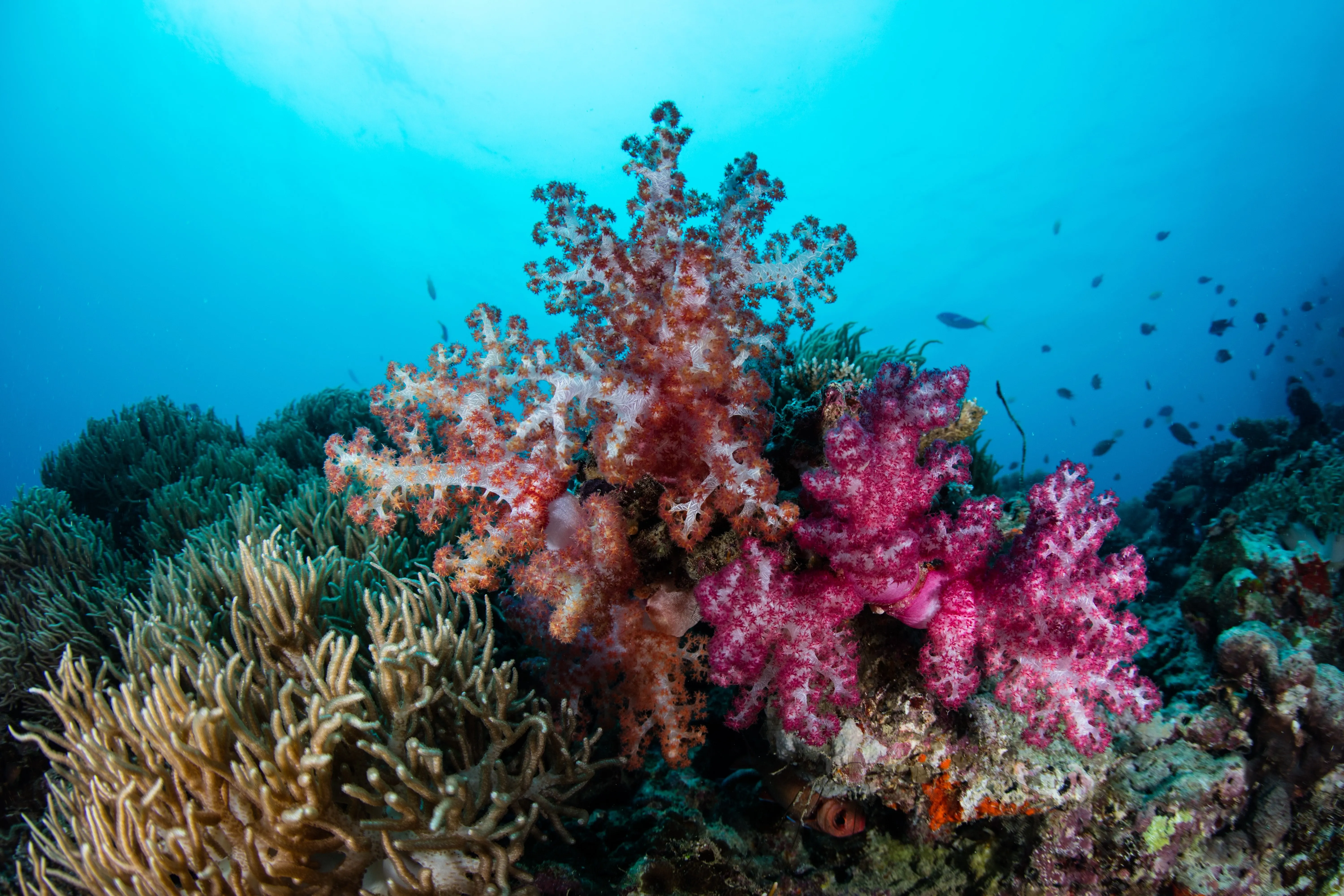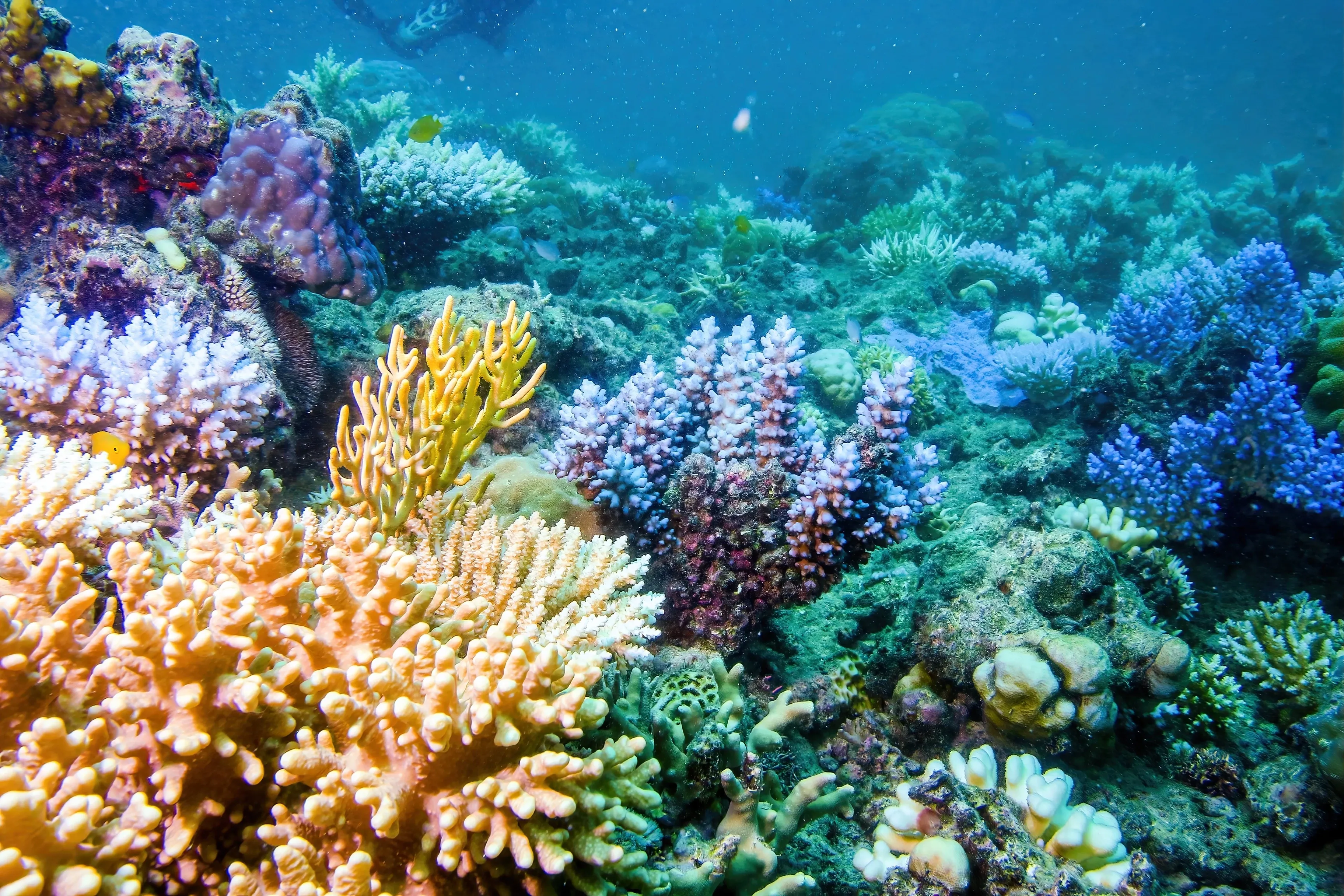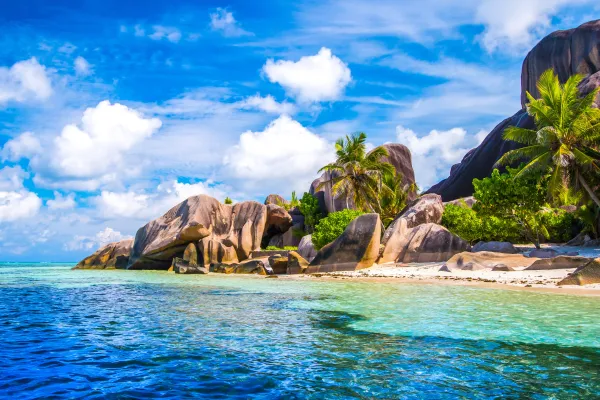Oceania - the place with a myriad of islands
Oceania offers a fascinating diversity of landscapes, ranging from lush tropical rainforests and pristine beaches to majestic mountain ranges and unique coral reefs. This versatile region, generally known as Oceania, includes countries such as Australia, New Zealand, and Papua New Guinea, as well as smaller island groups, known as atolls, like the Cook Islands, Samoa, and even the U.S. state of Hawaii.
These islands are home to a rich variety of flora and fauna that have undergone unique evolutionary paths over millions of years in isolation from the mainland. Oceania hosts more endemic animal and plant species than any other region in the world. Impressive natural phenomena such as the Great Barrier Reef between Australia and Papua New Guinea or the fascinating glacial landscapes of New Zealand leave travellers in awe.
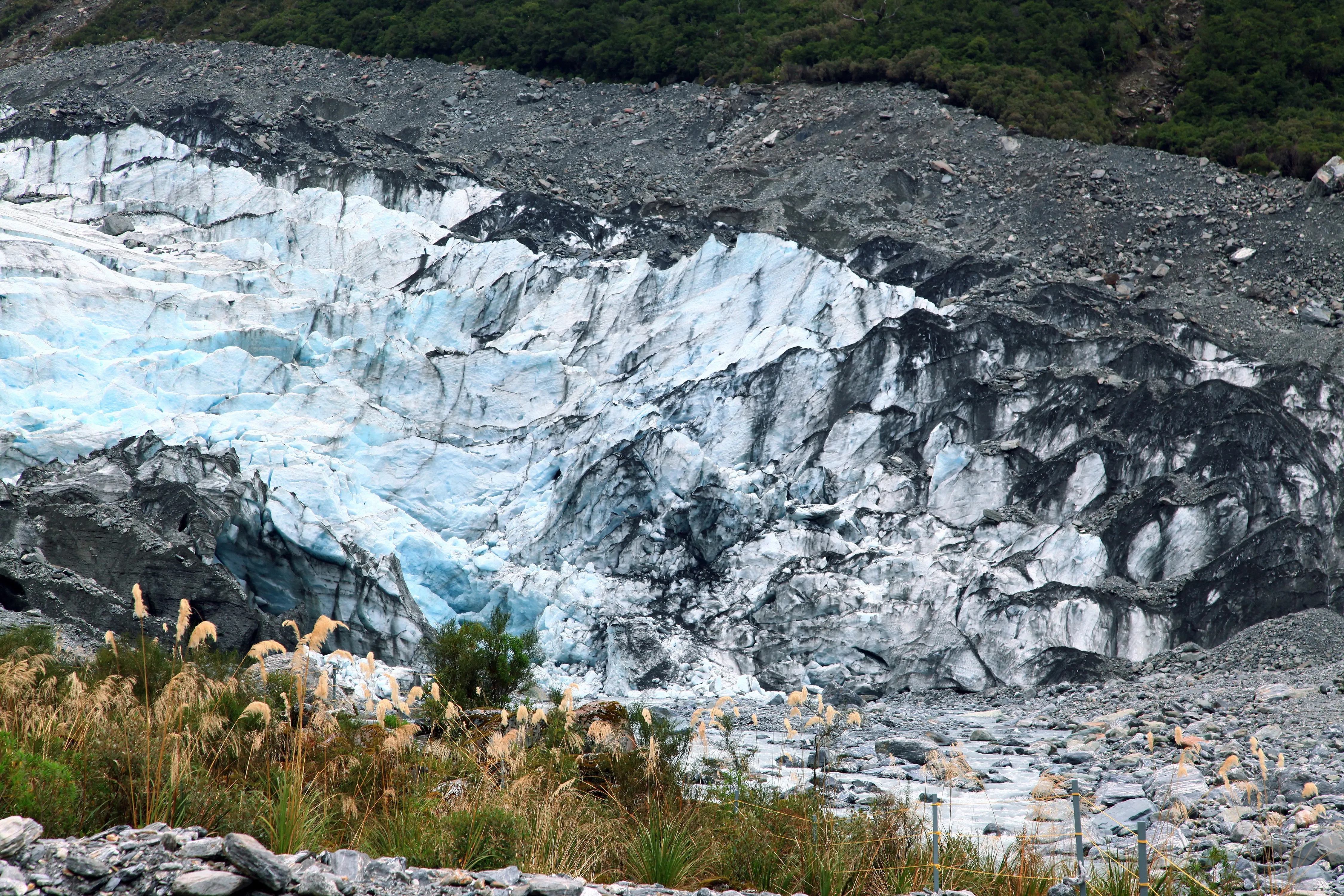
A nature trip through Oceania allows visitors to experience this diversity up close and explore the extraordinary landscapes intensively through a round trip or adventure tour. From colourful coral reefs to majestic mountain peaks, and untouched Nationalparks, Oceania offers unforgettable experiences for nature and adventure enthusiasts.
»The South Pacific is a part of the world where travel is the real adventure. It’s a place that both challenges and rewards.«
Travelling in Oceania – From coral reefs to ancient glaciers
Oceania is a paradise for nature lovers, rich in diverse fauna and flora that are scattered across its numerous islands and varied ecosystems. A glance at the map of Oceania quickly reveals why the region is famous for its unique wildlife, including iconic species like kangaroos, koalas, and platypuses in Australia. New Zealand, on the other hand, is renowned for its flightless birds, such as the kiwi and the kakapo, while Papua New Guinea and other parts of Melanesia are home to a wealth of tropical bird species, including birds of paradise. Due to their isolation from the rest of the continents, these islands have evolved independently, developing unique ecosystems.
Oceania is particularly noted for its unparalleled underwater world, which excites every diver's heart. Many of the most famous diving spots are found among the atoll islands, where colourful coral reefs can be explored, and marine life can be observed up close. The warm waters are important breeding grounds for humpback whales as well as vital sanctuaries for sharks, rays, turtles, and countless species of fish, jellyfish, sea cucumbers, and aquatic plants. Coastal areas with their sometimes snow-white and sometimes volcanic stone-tinged sandy beaches invite beachgoers to relax amidst this myriad of islands.

Mountain, volcano, and plant enthusiasts will not be disappointed on a nature trip through Oceania. Many islands have a volcanic origin and are nutrient-rich. Hikes through eucalyptus forests and the outback in Australia, through ferns and over the Franz Josef Glacier in New Zealand, or through rainforests and up Mount Wilhelm in Papua New Guinea give travellers a glimpse into the diversity of this world.
On various nature trips in Oceania, from round trips to backpacking, to adventure tours, each region of Oceania can be explored up close with all its diversity and uniqueness.
Nature Travel in Oceania – Round trips and adventure tours
Exploring Oceania through round trips is a thrilling adventure, as the region is teeming with natural treasures and stunning sights. These tours can be tailored to a single country or designed as multi-destination journeys.
For those who seek a more personal experience, private trips offer the chance to immerse in Oceania's nature without disturbance. Alternatively, classic group tours are available, guided by experienced leaders and featuring a vibrant mix of fellow travelers. Oceania is also exceptionally well-suited for backpacking trips, thanks to the abundance of hostels, youth hostels, and campgrounds. Oceania is considered a safe travel destination, and in addition to the option of hitchhiking, there are overland buses in Australia and New Zealand, often offered as Hop On-Hop Off buses. This allows backpackers to visit multiple destinations along a chosen route and enjoy greater flexibility in the duration of their stay.
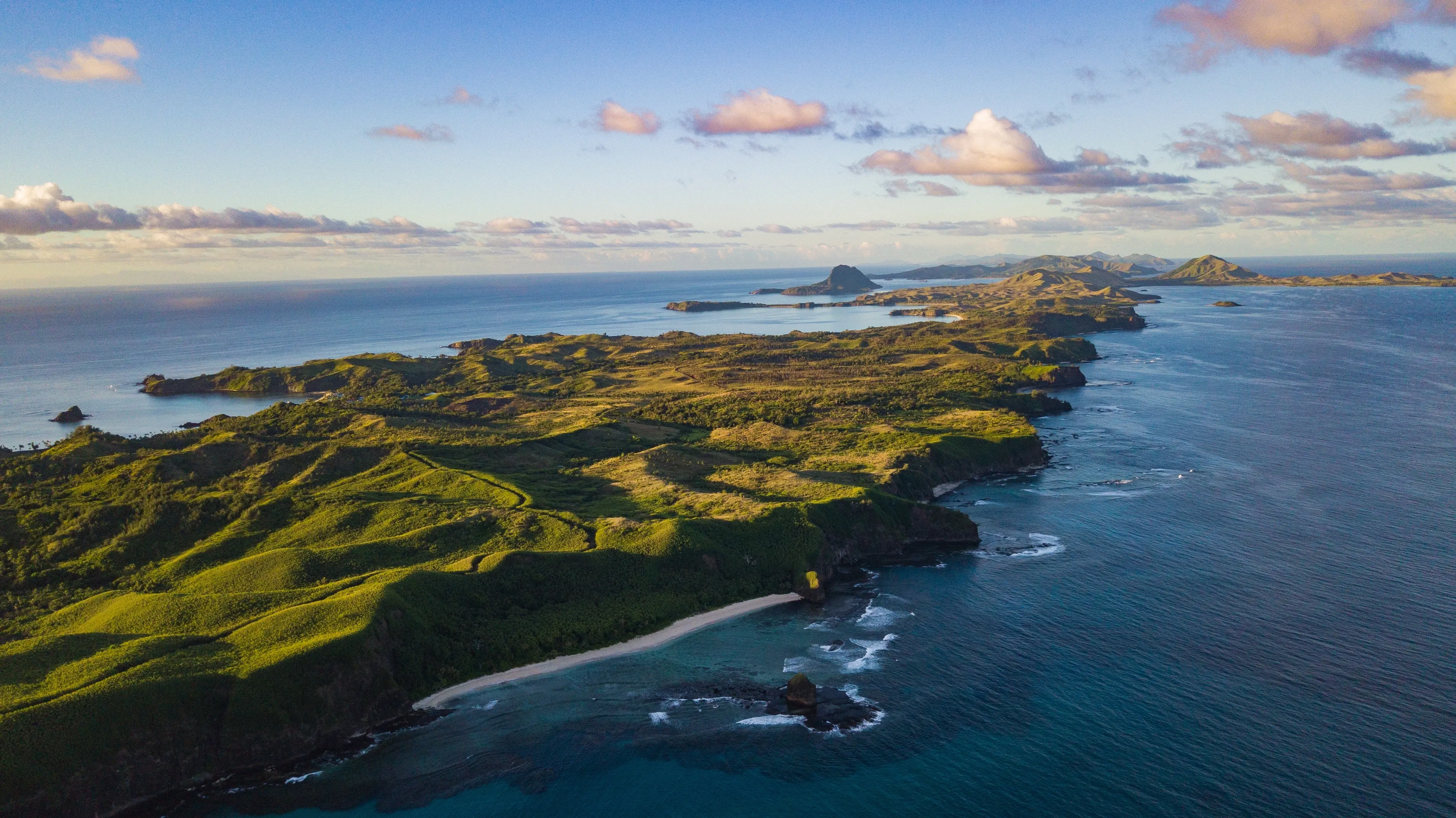
The focus of nature trips in Oceania varies widely. Options include hiking and trekking, diving, wildlife observation, and family-friendly or rental car trips. From the scenic landscapes of New Zealand and Australia to the serene beaches of the Fiji Islands, nature trips in Oceania offer diverse and captivating experiences.
We serve as a comparison platform for Oceania enthusiasts, providing a comprehensive overview of tours offered by various operators worldwide.
»Oceania is like a giant, scattered mosaic of islands that each tell a story, from the wild beauty of Australia to the serene isolation of the Pacific Isles.«
Experience Oceania – Frequently Asked Questions
Why should I go on a nature trip in Oceania?
A nature trip to Oceania offers numerous fascinating experiences and unique benefits. The region is known for its diverse landscapes, ranging from dense rainforests to impressive volcanoes. New Zealand and Papua New Guinea are particularly known for their lush forests and active volcanoes, which captivate adventurous travellers. Oceania's beaches and coral reefs, especially in Australia, Fiji, and the Cook Islands, are among the most beautiful in the world. The Great Barrier Reef in Australia is the largest coral reef in the world and offers a breathtaking underwater world, perfect for diving and snorkeling.
Oceania is also characterized by its cultural diversity and the hospitality of the locals. Many indigenous cultures, such as the Māori in New Zealand and the Aborigines in Australia, offer deep insights into their traditions and ways of life. Visiting cultural sites and experiencing traditional festivals and ceremonies enrich every trip and create lasting memories. Lastly, the remote and often untouched regions of Oceania offer the opportunity to escape everyday life and relax in nature. The scenic beauty and peaceful, secluded spots invite you to unwind and recharge.
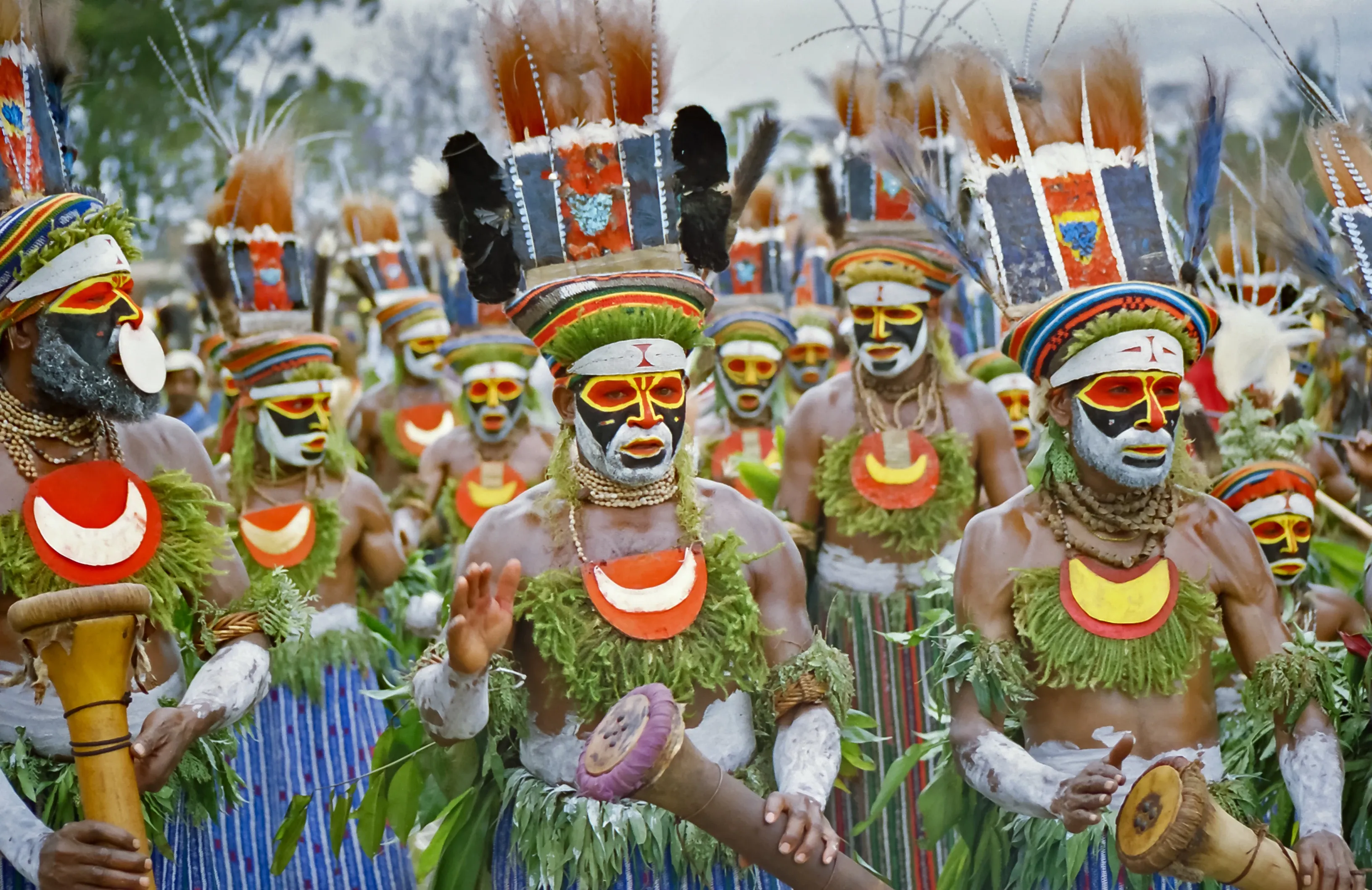
What kind of indigenous cultures can I experience in Oceania?
A nature trip in Oceania provides a unique opportunity to immerse yourself in diverse indigenous cultures closely connected to their natural environments. In Australia, you can explore ancient Aboriginal traditions through guided walks that reveal Dreamtime stories, bush tucker, and traditional land management practices. The Torres Strait Islands offer insights into maritime heritage, with snorkeling and diving revealing the Islanders' deep bond with the sea and their traditional navigation techniques.
New Zealand’s Maori culture enhances nature trips with sacred site visits, traditional hangi cooking, and eco-tours that showcase their sustainable practices and land stewardship. In Samoa, you can experience the fa'a Samoa way of life in traditional villages, where communal activities and ceremonies are set against stunning natural landscapes. Tonga’s pristine beaches and lush terrains provide a backdrop for cultural festivals and ceremonies that highlight their maritime traditions.
Fiji’s natural beauty, from forests to coral reefs, is complemented by cultural experiences like traditional kava ceremonies and village life explorations. Papua New Guinea’s diverse landscapes offer encounters with various indigenous groups, each sharing their traditional hunting methods and environmental relationships. In New Caledonia, nature trips include visits to sacred natural sites where you can engage with Kanak cultural practices.
What animals can I observe on a nature trip in Oceania?
Oceania is renowned for its diverse and unique wildlife, with several iconic animals that capture the region’s distinct charm. These exceptional animals can be observed across various ecosystems and protected national parks.
In Australia, typical highlights include kangaroos hopping through the bush, koalas clinging to eucalyptus trees, and platypuses in freshwater rivers. In the northern part of the country, you can spot the impressive saltwater crocodile, and in the rainforests of Queensland, there is the possibility of observing the colorful cassowary.
In New Zealand, the kiwi bird is a unique highlight, known for its flightless, nocturnal habits and long beak. The country's marine environments also offer opportunities to see dolphins, such as the Hector's dolphin, and migrating humpback whales. In Papua New Guinea and the Solomon Islands, exotic birds like the bird of paradise and binturongs, or bearcats, can be found in the lush tropical forests.
Fiji's coral reefs are teeming with vibrant marine life, including reef sharks, colorful fish, and sea turtles. On tropical islands like Samoa and Tonga, there are also opportunities to observe various seabirds and marine species. The national parks in Oceania offer unforgettable wildlife experiences for nature enthusiasts, thanks to their rich biodiversity.
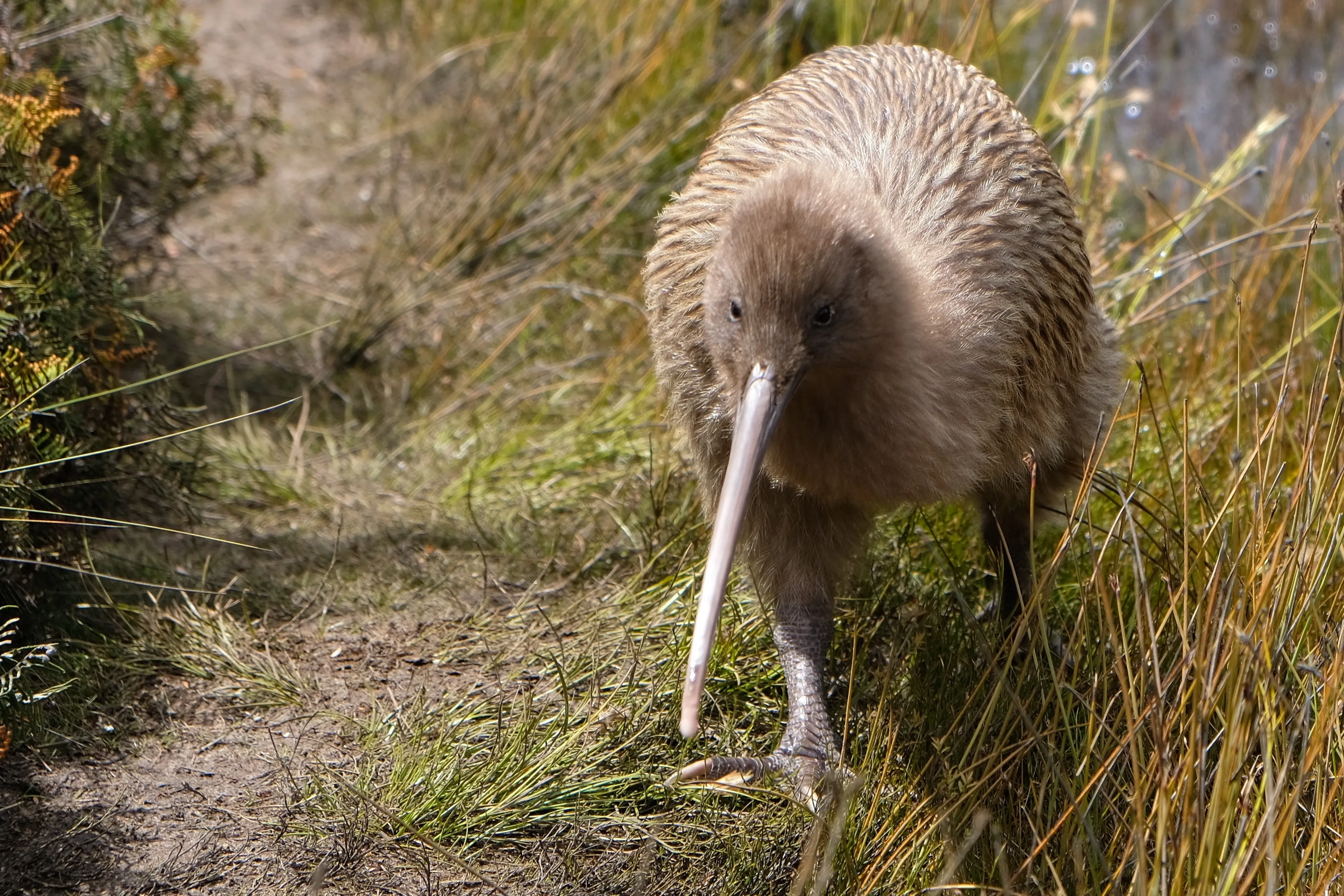
When is the best time to travel for a nature trip in Oceania?
The best time for a nature trip in Oceania largely depends on the specific region you plan to visit. In Australia, the optimal time is during the cooler, dry season from May to October, which offers pleasant weather for exploring its diverse landscapes. For New Zealand, the spring (September to November) and autumn (March to May) months provide mild temperatures and fewer crowds, ideal for outdoor activities.
Fiji and other tropical islands like Samoa and Tonga are best visited during their dry season, from May to October, to avoid the heavy rains and cyclones typical of the wet season. Papua New Guinea also enjoys better weather from June to September, when conditions are drier and more comfortable for trekking and cultural tours.
In Hawaii, any time of year is generally good for nature trips, but avoiding the peak tourist seasons around summer and the winter holidays can provide a more relaxed experience. Overall, planning your visit according to the regional climate patterns ensures a more enjoyable and comfortable nature adventure.
How much time should I plan for a nature trip in Oceania?
Planning the duration of a nature trip in Oceania depends on your interests and the specific regions you wish to explore. Generally, a well-rounded nature trip should span at least two to three weeks to fully immerse yourself in the diverse landscapes and cultures. This allows enough time to visit several key locations, such as the rainforests of Papua New Guinea, the coral reefs of Fiji, or the volcanic parks of Hawaii.
For a focused experience, spending about a week in each major area you’re interested in can offer a deep dive into local ecosystems and cultural practices. If you’re aiming to explore multiple countries or islands, adding a few extra days for travel and logistics is advisable. Shorter trips of 7 to 10 days can still provide meaningful experiences, especially if you concentrate on one or two destinations.
Ultimately, the more time you allocate, the richer your experience will be, allowing for leisurely exploration and deeper engagement with both nature and indigenous cultures. Consider your travel pace and interests when planning, ensuring a balance between adventure and relaxation.
Why should I go on a nature adventure in Oceania?
- Diverse natural landscapes: Oceania offers a stunning variety of natural environments, from the pristine coral reefs of Fiji and the tropical rainforests of Papua New Guinea to the dramatic volcanic landscapes of New Zealand and the rugged outback of Australia. Each destination provides unique opportunities for exploration and adventure.
- Rich indigenous cultures: A nature trip in Oceania allows you to engage with vibrant indigenous cultures that have a deep connection to their natural surroundings. You can experience traditional practices, learn about ancient customs, and participate in cultural ceremonies that enhance your understanding of the region.
- Biodiversity and wildlife: Oceania is home to some of the world's most diverse and unique wildlife. From Australia's kangaroos and koalas to New Zealand’s rare kiwi birds and Fiji's colorful marine life, the region offers incredible opportunities for wildlife enthusiasts and nature lovers.
- Sustainable travel experiences: Many destinations in Oceania emphasize eco-friendly tourism and conservation efforts. By booking a nature trip, you support sustainable practices that help preserve the environment and contribute to the protection of fragile ecosystems and wildlife.
Sign up for the newsletter
By clicking on “Subscribe now” I will subscribe to the Conscious Explorer newsletter with all the information about mindful travel. Information on the success measurement included in the consent, the use of the shipping service provider MailChimp, logging of the registration and your rights of revocation can be found in our privacy policy.
